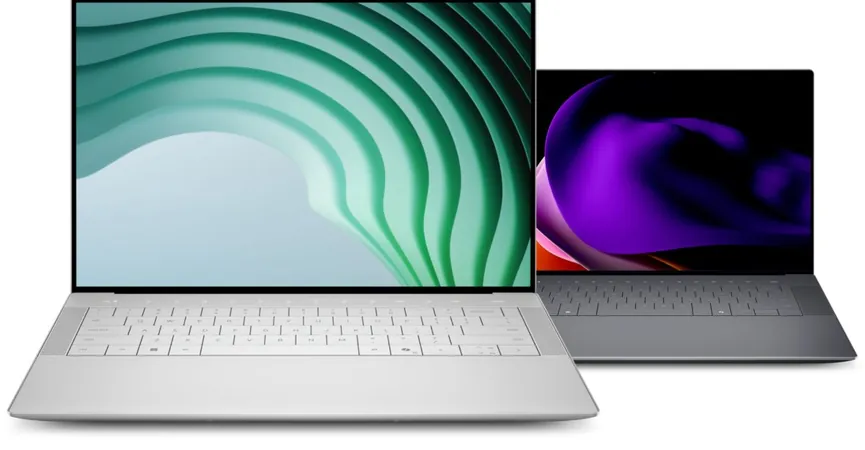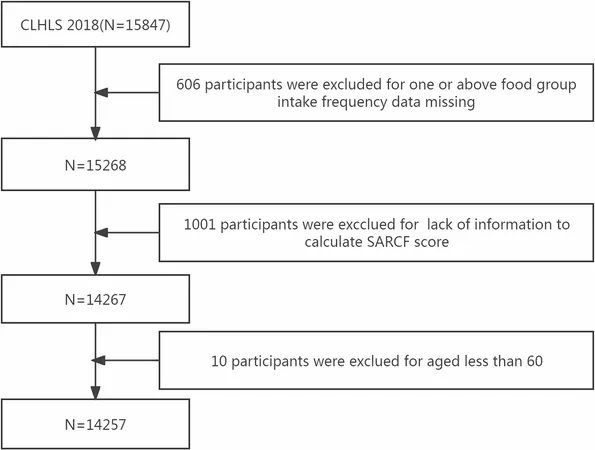
Revolutionizing Bone and Muscle Research: The Breakthrough of Spatial Transcriptomics
2025-06-09
Author: Jacob
Conventional methods for studying gene expression have long been essential in understanding biology—but they've missed a key element that could change everything: spatial context. In musculoskeletal tissues, where functionality hinges on structure and cellular organization, ignoring spatial dynamics can mean overlooking critical discoveries. Traditional techniques like bulk RNA sequencing and single-cell RNA sequencing fail to demonstrate how neighboring cells interact or how gene activity shifts across the intricate architecture of tissues.
In a groundbreaking review published in Bone Research, researchers from Hebei Medical University, Xiamen University, and Huazhong University of Science and Technology delve into the revolutionary field of spatial transcriptomics (ST). This comprehensive analysis not only catalogs the latest technological advancements but also highlights how researchers are deploying these techniques to map developmental pathways and investigate conditions like arthritis and muscle degeneration.
The review meticulously contrasts the two primary classes of Spatial Transcriptomics technologies: imaging-based and sequencing-based. Imaging techniques like RNAscope provide precise details for a limited number of genes, while sequencing methods such as Visium deliver a broader overview across extensive tissue landscapes.
These cutting-edge tools have already begun to unravel the complexities of human limb development, trace the niches of skeletal stem cells, and highlight spatial gene patterns in various disorders. For instance, spatial transcriptomics has deciphered the cellular architecture of intervertebral discs, pinpointing the progenitor cells essential for tissue regeneration. Another study showcased how scar-forming macrophages interact with stem cells to impede muscle repair after injury.
As the authors outline a clear guide for selecting ST platforms based on criteria like resolution and research goals, this review becomes a vital resource for scientists eager to explore this fast-evolving domain.
Prof. Wei Chen, a co-author and orthopedic surgeon at Hebei Medical University, remarked, "Spatial transcriptomics has added an essential dimension to our understanding of musculoskeletal biology. It allows us to trace gene activity within intact tissue, linking genetic function with spatial organization. This level of insight is paving the way for breakthroughs in disease research and therapeutic development. As these tools become more refined and accessible, we anticipate spatial transcriptomics will become a cornerstone technique in orthopedic and regenerative medicine."
The implications of mapping gene expression spatially are set to transform how we diagnose and treat musculoskeletal disorders. In developmental biology, these techniques are proving invaluable in tracing normal growth patterns while identifying congenital anomalies. In clinical settings, spatial transcriptomics is peeling back layers of complexity in diseases like osteoarthritis, allowing for more tailored treatment strategies. Future advances in 3D spatial mapping, multi-omics, and AI are poised to amplify the impact of ST, paving the way for personalized therapies, improved biomaterials for tissue repair, and targeted drug delivery.









 Brasil (PT)
Brasil (PT)
 Canada (EN)
Canada (EN)
 Chile (ES)
Chile (ES)
 Česko (CS)
Česko (CS)
 대한민국 (KO)
대한민국 (KO)
 España (ES)
España (ES)
 France (FR)
France (FR)
 Hong Kong (EN)
Hong Kong (EN)
 Italia (IT)
Italia (IT)
 日本 (JA)
日本 (JA)
 Magyarország (HU)
Magyarország (HU)
 Norge (NO)
Norge (NO)
 Polska (PL)
Polska (PL)
 Schweiz (DE)
Schweiz (DE)
 Singapore (EN)
Singapore (EN)
 Sverige (SV)
Sverige (SV)
 Suomi (FI)
Suomi (FI)
 Türkiye (TR)
Türkiye (TR)
 الإمارات العربية المتحدة (AR)
الإمارات العربية المتحدة (AR)